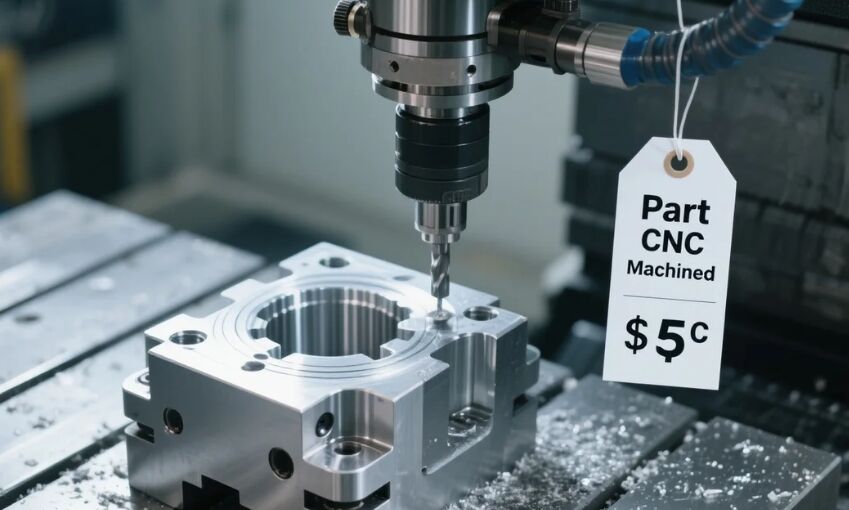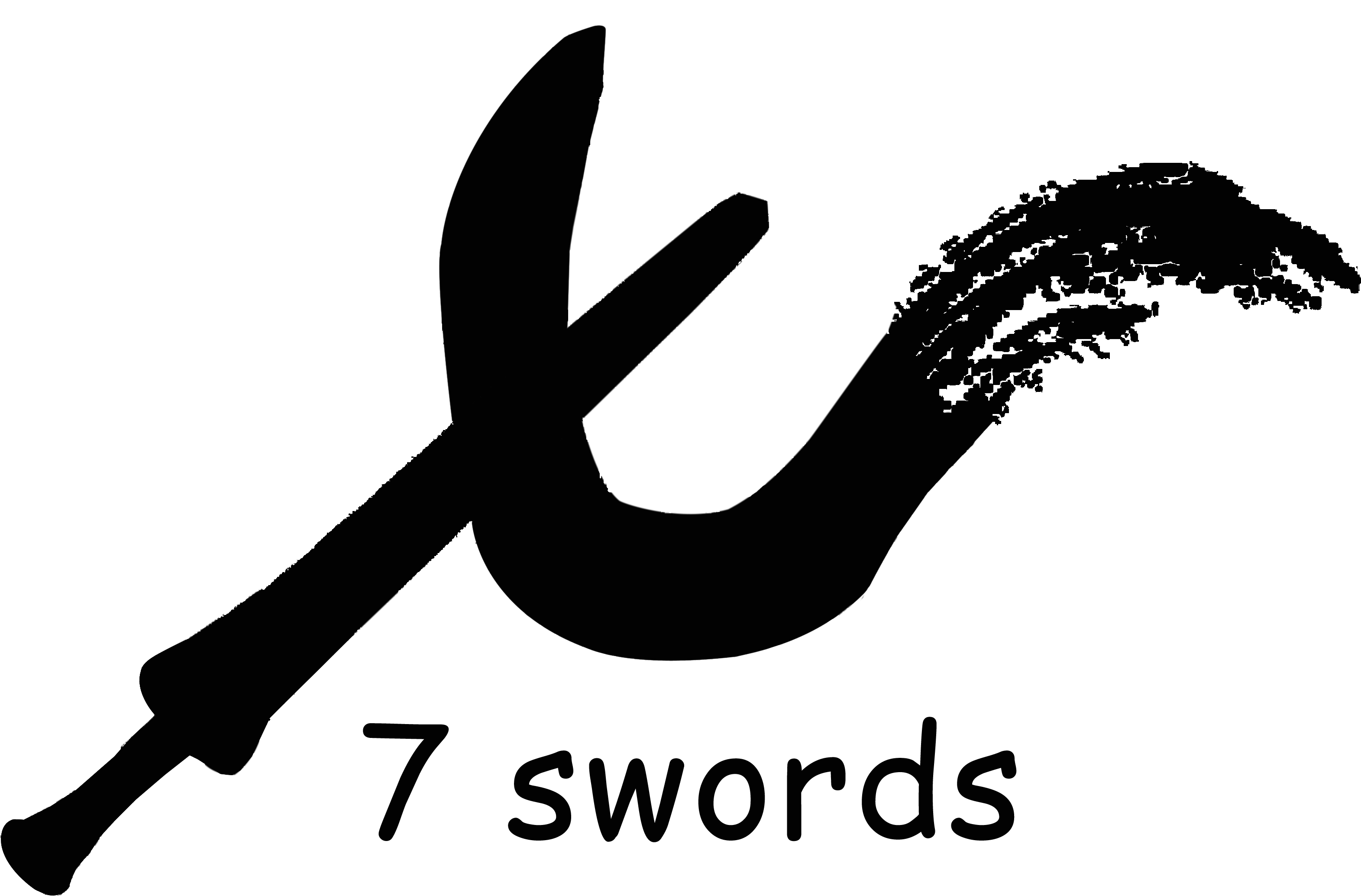How much does it cost to get a part CNC machined
How Much Does CNC Machining Really Cost? A Transparent Breakdown for Engineers & Makers
So, you need a custom part CNC machined, but you’re staring at your screen wondering, "What’s this actually going to cost me?" You’re not alone. CNC machining costs aren’t a one-size-fits-all number—they’re as unique as your design. Let’s cut through the confusion and break down what drives the price, how to estimate it, and practical ways to save money without sacrificing quality.
The 5 Biggest Factors Driving Your CNC Machining Bill
-
Material Choice: It’s Not Just "Metal vs. Plastic"
Your raw material isn’t just a blank—it’s a major cost variable. Steel eats tools faster than aluminum, exotic alloys like titanium cost a premium, and even plastics vary wildly. Here’s a ballpark per pound :- Aluminum (6061): 3.00
- Steel: 4.00
- Stainless Steel: 6.00
-
Plastics (e.g., Nylon): 5.00
Pro Tip: If your part doesn’t need aerospace-grade strength, 6061 aluminum is the sweet spot for machinability and cost.
-
Machine Time: Why Complexity = ?
That intricate design with tight tolerances and deep pockets? It’s not just cool—it’s expensive. Complex parts force slower cutting speeds, more tool changes, and sometimes pricier 5-axis machines (200/hour) instead of basic 3-axis mills (80/hour) .- Simple bracket: 30 minutes
-
Complex gear housing: 4+ hours
Every extra minute adds up, especially if your shop charges hourly.
-
Labor & Expertise: The Human Factor
CNC machines don’t run themselves. Skilled programmers and operators handle setup, toolpathing, and quality checks. Labor costs vary by region:- U.S./Europe: 50+/hour
-
Asia: 30/hour
A complex part needing 10+ hours of programming? That’s a real budget hit.
-
Quantity Matters: The Magic of Volume Discounts
Need 1 part or 1,000? Volume slashes your per-unit cost dramatically. Setup fees (programming, fixturing) get spread thin over more parts. Check this real-world example :Quantity Cost per Unit Total Cost 1 £134 £134 100 £13 £1,300 That’s a 90% per-part saving at scale. -
Hidden Costs: Don’t Forget These!
- Tool Wear: Hard materials like steel chew through cutters.
- Post-Processing: Anodizing, polishing, or plating adds 50+ per part.
- Scrap Rate: Complex parts risk more failed pieces—costs passed to you.

How Shops Calculate Your Quote (And How to Check It)
Most shops blend two pricing models:
-
Hourly Rate Model:
- Transparent but unpredictable. You pay for actual machine + labor time.
- Example: 3-axis mill (40) = $140 .
-
Per-Project Fixed Pricing:
- Budget-friendly but less flexible. Shop quotes a lump sum based on material, design, and volume.
- Ideal for batches where setup costs dilute.
Industry benchmarks put per-part costs between 50 for medium-complexity parts . Suspiciously high? Ask for a line-item breakdown.
7 Proven Ways to Slash Your CNC Costs (Without Sacrificing Quality)
-
Simplify Your Design
- Avoid deep cavities (keep depth ≤ 4× width).
- Use standard hole sizes (no custom drills!).
- Radius internal corners—sharp 90° angles wear tools .
-
Loosen Tolerances
Does that hole really need ±0.001"? Relaxing to ±0.005" can cut machining time 20%+ . -
Choose Cheap(er) Materials
Swap stainless steel for aluminum 6061 where possible . Save $3+/lb instantly. -
Batch Orders
Group multiple parts into one job. One setup fee for 100 parts beats 100 separate setups . -
Avoid Text/Logos
Engraving "ACME Co." adds machining steps. Laser etch it later instead . -
Optimize Wall Thickness
Thin walls (<1mm) require slow, careful machining. Thicken them to speed up cuts . -
Pick the Right Shop
- Look for:
- Modern 5-axis machines (faster complex jobs).
- DFM (Design for Manufacturing) feedback .
- Transparent pricing (avoid shops that hide fees).
Chinese suppliers like HLH Rapid offer rates as low as $20/hour for bulk jobs .
❓ FAQs: Quick Answers to Burning Questions
-
Q: What’s the average cost per hour?
A: 80 (3-axis) to $200 (5-axis) . -
**Q: Can I get a part for under 100–$200 .
-
Q: Why is my quote higher than online estimates?
A: Material scarcity, design tweaks, or regional labor costs. Always share your CAD file for accuracy.
✅ Key Takeaway: Control What You Can
Your biggest cost levers are design complexity, material, and quantity. Optimize these, partner with a communicative supplier, and you’ll get precision parts without budget surprises.
"The cheapest part isn’t the one that costs less—it’s the one that works right the first time."
Ready to price your project? Share your specs with a shop that offers free DFM analysis. Smart design + smart sourcing = serious savings.


